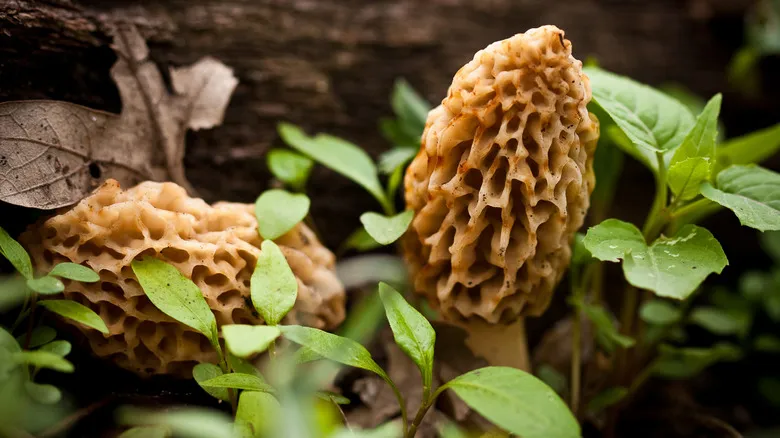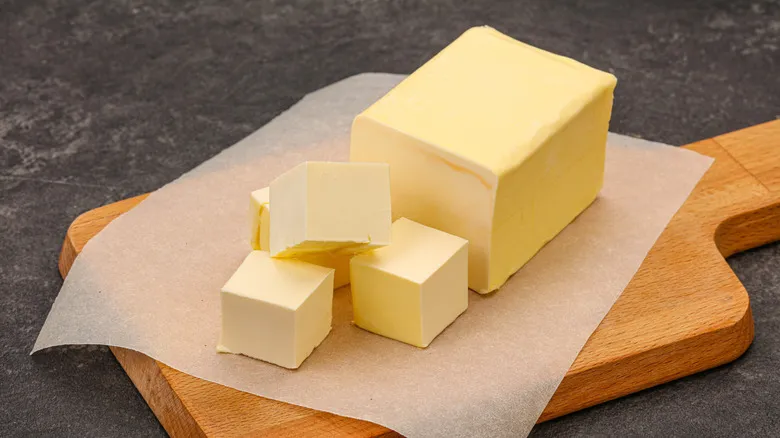Golden state dairy

Dairy farming is deeply rooted in the history of the state. As noted by California State Parks, cattle were introduced to California in the late 1700s by Spanish missionaries. Shortly thereafter, records indicate that women at Mission San Gabriel were already making butter.
However, California's butter has an even richer history. If you've cooked in different regions of the country, you may have noticed that butter on the West Coast differs from that on the East Coast. On the East Coast, butter is typically sold in long, narrow sticks, whereas West Coast markets offer shorter, thicker sticks. This variation stems from the fact that, until the 1900s, butter was primarily sold in large one-pound blocks. A company in Elgin, Illinois—then a key center for butter production—began cutting these blocks into quarters. East Coast distributors adopted this Elgin method, while Western producers, lacking access to the same molds, created their own unique sizes.
Recommended

Whatever Happened To Fruit Stripe Gum?

How The McDonald's Big Mac Came To Be

Why Morel Mushrooms Are Called Molly Moochers In West Virginia

Barack Obama's Favorite Pizza Spot Serves An Iconic Chicago Pizza, But It's Not Deep Dish
Next up

